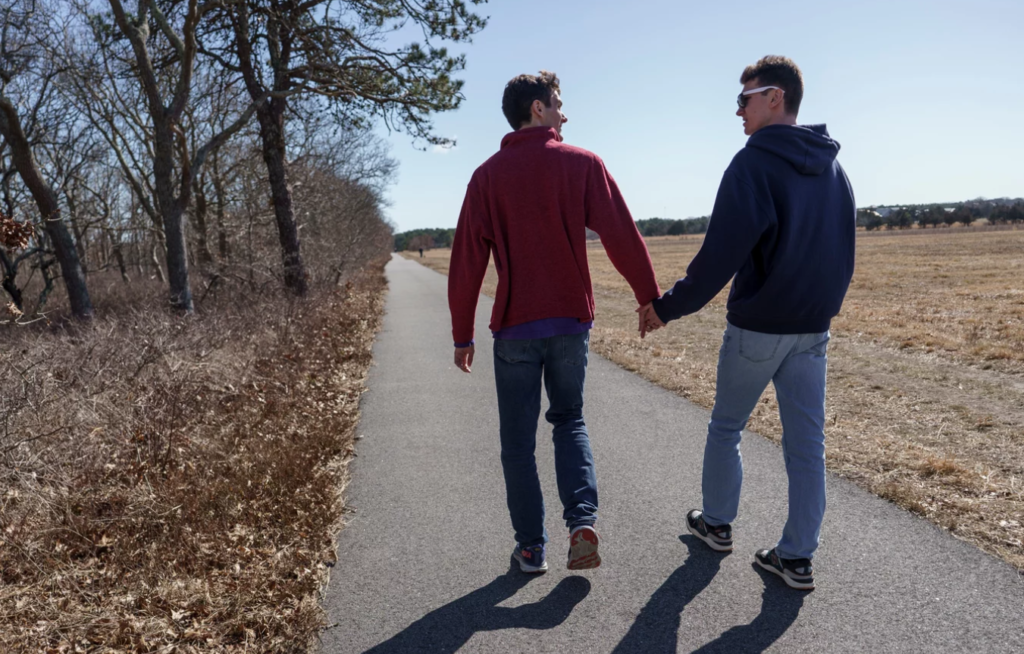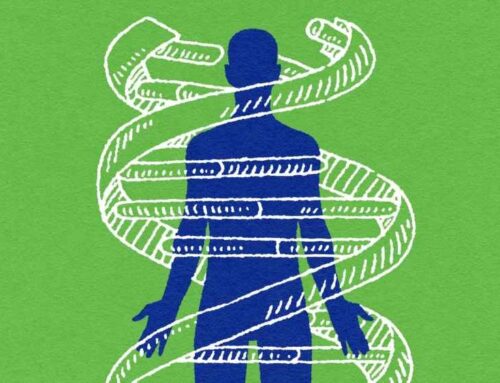
Original article from NPR ~~
Sam and John Fetters, 19, are identical twins at opposite ends of the autism spectrum.
Sam is a sophomore at Amherst College who plans to double major in history and political science. In his free time, he runs marathons.
John attends a special school, struggles to form sentences, and likes to watch Teletubbies and Sesame Street.
Two brothers. Same genes. Different flavors of autism.
To scientists, twins like Sam and John pose an important question: How can a disorder that is known to be highly genetic look so different in siblings who share the same genome?
“That is one of the greatest mysteries right now in research on autism,” says Dr. Stephanie Morris, a pediatric neurologist at the Kennedy Krieger Institute in Baltimore.
Solving that mystery could help explain autism’s odd mix of nature and nurture, Morris says. It also might help “modify the trajectory” of autistic children experiencing speech and language delays, or difficulty with social communication.
What twin studies reveal about autism
When Sam and John were 5, Leaird enrolled them in a study of identical twins with autism.
“I just thought it might be good to see if we could find answers,” Leaird says — especially “to help John, if we could.”
The family was living in Maryland at the time. So Sam and John were evaluated at Kennedy Krieger Institute, which is known for treating children with developmental disabilities.
Studies like the one involving Sam and John have played a critical role in understanding autism since the 1970s.
“The earliest twin studies really helped to debunk this theory that autism was caused by parenting,” Morris says. Under this theory, moms took the brunt of the blame, supposedly for being “cold and distant and detached from their child.”
Those studies showed that autism was largely a product of genetics, not parenting.
In 2019, a study of 366 pairs of identical twins changed the field again.
The study confirmed earlier research showing that if one twin had autism, there was a 90% chance the other would too.
“However, the level, or the severity in which the twins were manifesting the diagnosis, was incredibly different,” Morris says.
The finding suggests that autism symptoms can be greatly influenced by events that happen after conception.
These events could include mutations in dividing fetal cells, or something that causes certain genes to be switched on or off.
Another possibility, Morris says, is that the severity of symptoms is affected by different experiences during pregnancy and in the first few months of life.
“There’s something in very very early development that might be unique to one of the twins and not the other,” she says. “That could be something as simple as an infection.”



